October 2
Sting
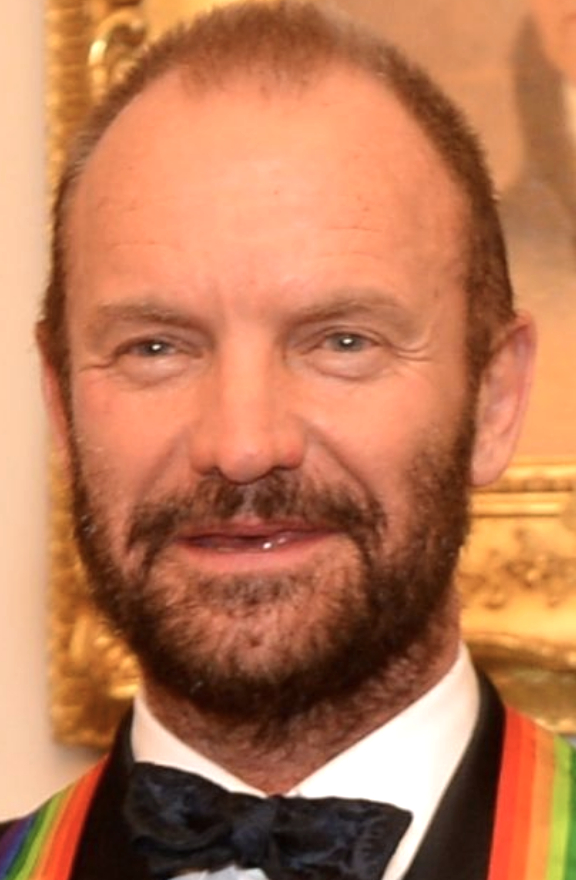
On this date in 1951, musician Gordon Matthew Thomas Sumner (Sting), was born to a milkman and hairdresser in Wallsend on Tyne, Northumberland, England. Sumner took the name Sting after someone told him he looked like a bee wearing a striped sweater. He became a husband and father before turning 20 and moved to London hoping to launch his musical career. He and two others started the band The Police in 1976. As lead singer, he wrote most of the music and lyrics.
The group had early hits with “Roxanne” and “Message in a Bottle” but struck musical gold with the 1983 hit “Every Breath You Take.” Sting began acting in such films as “Quadrophenia” (1979), “Dune” (1984) and “The Bride” (1985). The Police broke up in 1984 after winning six Grammys and Sting released his first solo album the next year, “The Dream of the Blue Turtles,” which was nominated for a Grammy. He continued to perform and record and collaborate with other artists, including a 2014-15 world tour with Paul Simon and the next year with Peter Gabriel. His 14th album, “My Songs,” was released in May 2019.
He was married to actress Frances Tomelty from 1976-84. They had two children: Joseph and Fuchsia Katherine. He married actress and film producer Trudie Styler in 1992 after they had been together for a decade. They have four children: Brigitte Michael, Jake, Eliot Pauline and Giacomo Luke.
Sting’s activism has persisted throughout his career. Since the 1980s, he has actively supported Amnesty International, and co-founded the Rainforest Foundation in 1989, in an effort to save the Brazilian rainforest. He has authored books including Jungle Stories: The Fight for the Amazon (1989), with co-author Jean-Pierre Dutilleux, and Spirits in the Material World (1994), with Pato Banton.
In the CD booklet of his Winter Solstice album, “If On A Winter’s Night” (2009), Sting twice identified himself as an agnostic. Answering “What do you think happens when we die?” he once said: “It’s only conjecture, but I imagine it’s the same as it was before I was here. Which makes it incumbent upon us to create a heaven on Earth, now, and not hell.” (“The Late Show with Steven Colbert,” Dec. 10, 2021)
Public domain photo: Sting at the 2014 Kennedy Center Awards.
“[I]f ever I’m asked if I’m religious I always reply, ‘Yes, I’m a devout musician.’ Music puts me in touch with something beyond the intellect, something otherworldly, something sacred.”
— Sting, commencement address, Berklee College of Music in Boston (May 15, 1994)
Graham Greene
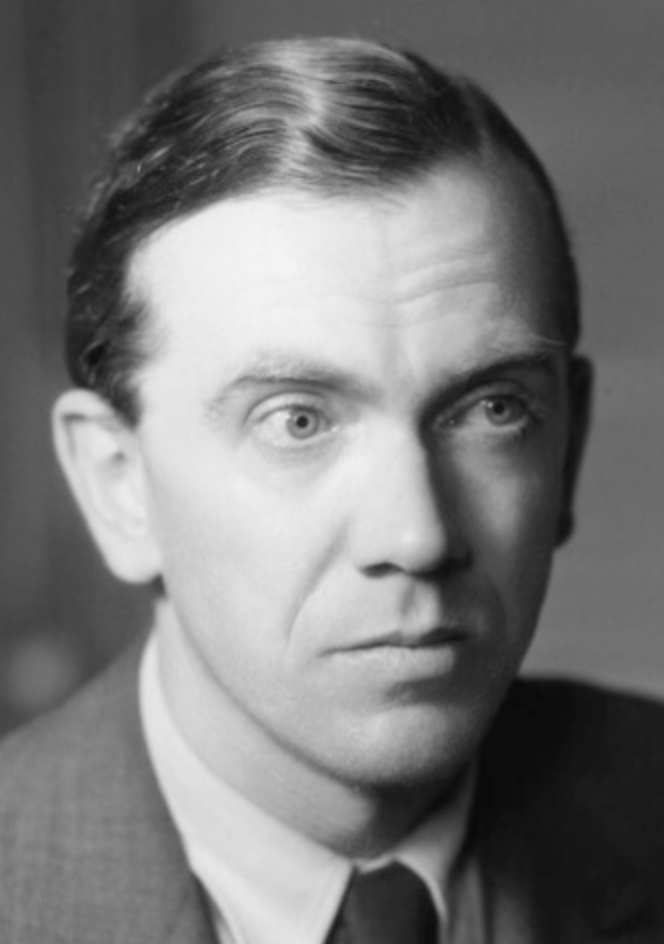
On this date in 1904, Graham Greene was born in Hertfordshire, England. He graduated with a B.A. in history from Balliol College in 1925, where he worked as an editor for The Oxford Outlook. After graduating, he became an editor for The Times of London. He left in 1930 to become a film critic for The Spectator.
Greene’s 24 novels included The Power and the Glory (1940), The Heart of the Matter (1948) and The Quiet American (1956). He gained inspiration for them partially from his travels in Liberia, Sierra Leone, Mexico, Vietnam and other countries. He also published short stories and screenplays, including “The Third Man” (1949). Greene worked for the British Secret Intelligence Service during World War II.
Greene was an agnostic who converted to Catholicism in 1926 after becoming engaged to Vivien Dayrell-Browning. In his autobiography A Sort of Life (1971), he wrote that his conversion was difficult: “I disbelieved in God. If I were ever to be convinced in even the remote possibility of a supreme, omnipotent and omniscient power, I realized that nothing afterwards could seem impossible. It was on the ground of dogmatic atheism that I fought and fought hard.”
After his conversion, many of his novels and stories included Catholic themes. However, in a 1987 interview, Greene said, “I’ve always found it difficult to believe in God. I suppose I’d now call myself a Catholic atheist” (quoted in The New York Times, 1991). Robin Turton, a politician and friend of Greene, said: “I think in my life I’ve never heard atheism put forward better than by Graham.” (Graham Green: Fictions, Faith and Authorship, 2010.) (D. 1991)
PHOTO: Greene at age 35.
"I prefer to be an agnostic and think that the body itself produces its own miracle."
— Green 1977 letter to his publicist Ragnar Svanström, quoted in "Graham Greene: A Life in Letters" by Richard Greene (2007)
Christian de Duve
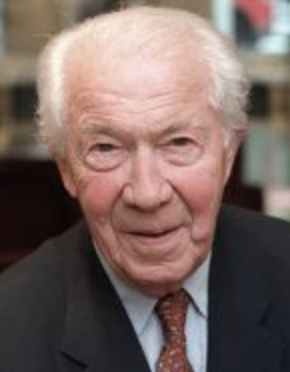
On this date in 1917, Nobel Prize-winning scientist Christian de Duve was born to Belgian parents in Surrey, England. He later moved to Belgium and during World War II served as a medic in the Belgian Army. He received his Ph.D. in chemistry in 1945 from the Catholic University of Leuven. His thesis focused on insulin, the chemical that regulates blood sugar and when not produced causes diabetes. He married Janine Herman in 1943. They had had two sons, Thierry and Alain, and two daughters, Anne and Françoise.
De Duve became a professor at the Catholic University of Leuven in 1947 and in 1962 also became associated with Rockefeller Foundation laboratories in New York City. His work focused on subcellular biochemistry, cell biology and the origin of life.
He discovered two types of cell organelles: peroxisomes and lysosomes. His research furthered understanding of genetic disorders such as Tay-Sachs disease. De Duve shared the 1974 Nobel Prize for Physiology or Medicine with Albert Claude and George Palade for their work on cell structure. The three are recognized as the fathers of the field of modern cell biology.
While raised Catholic, de Duve tended toward agnosticism if not outright atheism. He strongly supported biological evolution and dismissed creation science and intelligent design, as explicitly stated in his last book, Genetics of Original Sin: The Impact of Natural Selection on the Future of Humanity (2010). In declining health at age 95, he chose to end his life with the aid of two doctors. Euthanasia is legal in Belgium. (D. 2013)
"It would be an exaggeration to say I'm not afraid of death, but I'm not afraid of what comes after, because I'm not a believer."
— De Duve, explaining his choice to die using euthanasia (New York Times, May 6, 2013)
Wallace Stevens
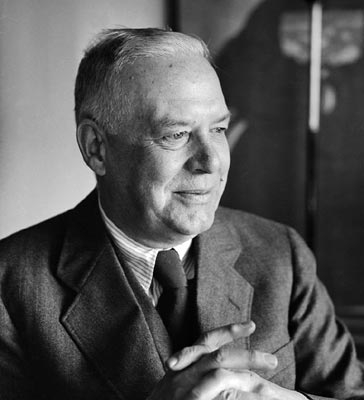
On this date in 1870, Wallace Stevens, a major American poet, was born to a Lutheran family in Reading, Pa. His father was a prosperous lawyer. He displayed a talent for writing in high school, then attended Harvard University from 1897 to 1900, where he studied literature. He worked briefly as a reporter for the New York Evening Post before enrolling in the New York School of Law and graduating in 1903.
In 1909 he married Elsie Viola Kachel over the objections of his parents, who considered her poorly educated and lower class. The New York Times reported in 2009 that “Nobody from his family attended the wedding, and Stevens never again visited or spoke to his parents during his father’s lifetime.” They remained married until his death in 1955. A daughter, Holly, was born in 1924 and was baptized Episcopalian. She posthumously edited her father’s letters and a collection of his poems.
Under a pen name, Stevens sent a group of poems titled “Phrases” to a competition in Poetry magazine in 1914. He didn’t win but his poems were published in the magazine later that year. Stevens moved to Connecticut, where he joined the staff of Hartford Accident and Indemnity Co., in 1916. He worked there for the rest of his life, becoming vice president in 1934. Stevens started to earn a name for himself in the writing community and published the prize-winning play “Three Travelers Watch a Sunrise” in 1916.
Stevens published a collection of over 50 poems in a single volume, Harmonium in 1923. Key pieces included “Peter Quince and the Clavier” and “Sunday Morning,” which are threaded with themes that challenge ideas central to Christianity and immortality. His second collection, Ideas of Order (1934), received more recognition. His breakthrough book was The Man with the Blue Guitar (1937). Other volumes Stevens published include Notes Toward a Supreme Fiction (1947), The Auroras of Autumn (1950) and The Necessary Angel (1951). He was awarded the 1955 Pulitzer Prize for Poetry for The Collected Poems of Wallace Stevens.
In “Sunday Morning,” Stevens explored the topic of death and the communion of the body back to nature. Dismissing faith in a spiritual afterlife, Stevens replaced scriptural myths of heaven with the holy and transformative powers of nature. It expresses a celebration of a spirituality that is founded on the glory of nature. In her book on Stevens’ poetry, Susan B. Weston called “Sunday Morning” the “revelation of a secular religion.”
According to biographer Milton Bates, Stevens was strongly influenced by Santayana and Nietzsche. (D. 1955)
“The death of one god is the death of all.”
— Stevens, "Notes Toward a Supreme Fiction" (1947)
Gene Weingarten
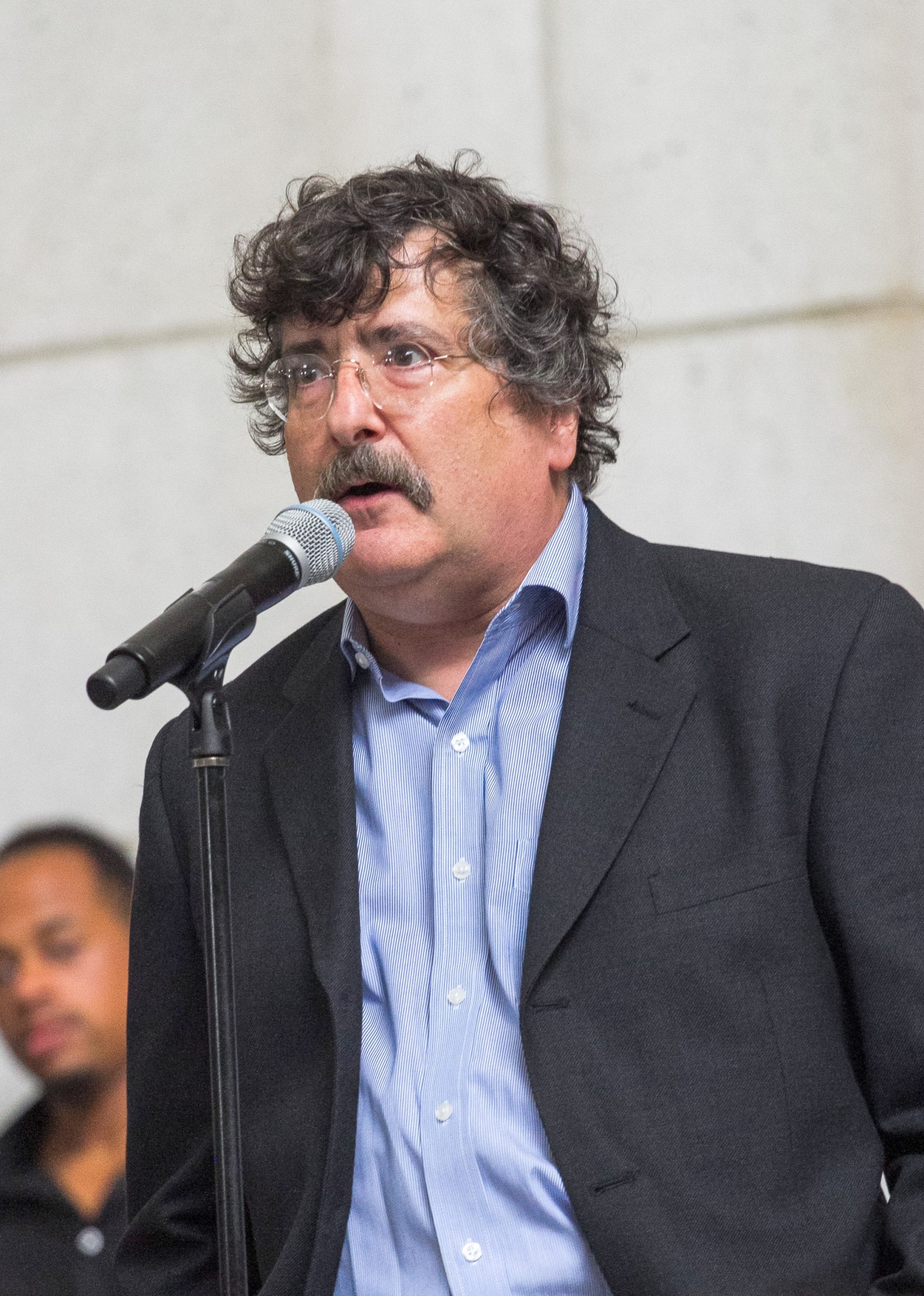
On this date in 1951, Pulitzer Prize-winning journalist Gene Norman Weingarten was born in New York City. He attended the Bronx High School of Science and New York University. At NYU he edited the daily student newspaper. He garnered his first cover story in 1972 while still in college when his reporting on gangs in the South Bronx was published in New York magazine.
After working as a journalist in Albany and Detroit, he was hired as the editor of the Miami Herald Sunday magazine Tropic. In Weingarten’s nine years as editor, Tropic was awarded two Pulitzer Prizes. In 1990 he went to work as a nationally syndicated humor columnist with the Washington Post.
Weingarten is the author of five books. His first, The Hypochondriac’s Guide to Life. And Death (1998) recounts his near-fatal bout of hepatitis C and his admitted hypochondria. In 2004 he and feminist writer Gina Barreca wrote I’m With Stupid: One Man, One Woman — 10,000 Years Of Misunderstandings Between the Sexes Cleared Right Up. His next book, Old Dogs: Are the Best Dogs (2008), was a collaboration with photographer Michael Williamson.
Weingarten says he’s an atheist who doesn’t proselytize, which is the basis of Christianity. “It’s an essential problem with religion in that it is, by its nature, exclusionary.” In 2014 he published a children’s book, Me & Dog. It tells the story of a boy and his dog through a secular lens, countering massively popular books like Heaven Is for Real, a 2010 book later made into a movie that purportedly told a 3-year-old boy’s near-death story of his trip to heaven and back during appendicitis surgery. His father was a Nebraska pastor.
In 2010 Weingarten was awarded a Pulitzer for Feature Writing for “Fatal Distraction,” his story about parents who accidentally kill their children by forgetting them in cars. That same year he and his son Dan started publishing the syndicated comic strip “Barney & Clyde,” illustrated by David Clark. In 2014 he was awarded the National Society of Newspaper Columnists’ Ernie Pyle Lifetime Achievement Award.
“Atheists always get this question: How can you be an ethical, moral person? Which is annoying and insulting. It demonstrates a fundamental disconnect. Do you really need fear of hell to make you do good, moral things? I don't need to fear the devil to do good, I know that it's fundamentally right to do good. And that's what I tried to teach my children. I have ethical and moral children.”
— Weingarten, Washington Post interview about his children's book "Me & Dog" (Sept. 17, 2014)
